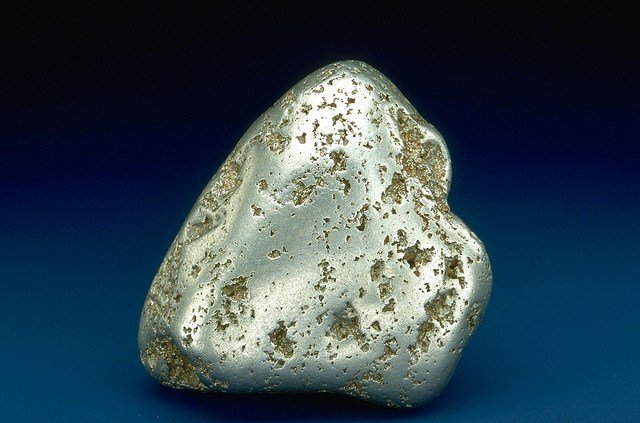Business
More precious than gold: Knowing the versatility of platinum
Among all precious metals, platinum is considered to be the most versatile because of its malleability, uses, and properties.

Platinum is the most versatile among precious metals because of its malleability, uses, and properties. Its rarity makes it associated with exclusive and top-of-the-line items. If there’s one thing that consumers know about this rare, it’s that it is synonymous with high quality.
The word “platinum” originated from the Spanish term “platina del Pinto” which literally means little silver of the Pinto river. It comprises six isotopes, five stable isotopes, and one radioisotope. It also has the capacity to absorb and retain hydrogen.
Properties of platinum
Platinum belongs to the group 10 of the periodic table. The symbol “Pt” and atomic number 78 represent it. Its color is grayish white which explains why people mistake it as white gold. Its melting point is 2041.4 Kelvin, with a boiling point of 4098 Kelvin. Furthermore, it possesses a high density at 21.45 gram per cubic centimeter. It is also resistant to oxidation, though it can corrode when it gets in contact with cyanide, sulfur, and caustic alkalis.
Deposits worldwide

Sketch of the Ural Mountains in “Russia, Past and Present,” kept by The British Library. (Source)
The Ural Mountains that run through western Russia is abundant in platinum. Columbia and some western states in North America are also rich in platinum. Pre-Columbian Americans were first to discover its use in crafting artifacts. These artifacts contain platinum alloy and were later found in Esmeraldas, Ecuador.
Discovery and uses in the modern era
British metallurgist Charles Wood is credited with the discovery of platinum in the modern era. Wood found Columbian platinum in Jamaica in 1741 and sent samples to his colleague, William Brownrigg. Brownrigg, in turn, tested the metal in a study that took nine years, which he presented to the British Royal Society in 1750.
The metals’s extremely high boiling point stunned the European scientific community. By the year 1772, metallurgist Carl von Sickingen created a malleable platinum alloy. Consequently, Franz Karl Achard fused the metal with arsenic to create the first platinum crucible.
Another person of historical significance discovered the rare metal. Spanish explorer Antonio de Ulloasailed to Ecuador to measure the meridian at the equator. He encountered it during the eight years he stayed in the country.
Other interesting trivia about platinum
- The world produces an estimated 130 metric tons of platinum. 90 percent of the world’s yearly supply is extracted from four mines in Africa and Russia. Its rarity cannot be stressed enough: all platinum mined in the world could fit in only one living room.
- The white metal carries a high investment value because of its high risks. As a result, its value is more volatile than gold; its price could jump to $1,500 within a period of one year.
- The $250-million dollar Hope Diamond and many precious gemstones are set in platinum. Well-known brands like Cartier and Tiffany create their pieces using the precious metal.
- Queen Elizabeth’s crown was one of the most famous pieces of jewelries made from the white metal.
- Because it can withstand high temperatures, platinum is suitable for use in military aircraft and missiles.
- Certain drugs developed to cure cancer and laboratory testing equipment use platinum.

-

 Impact Investing2 weeks ago
Impact Investing2 weeks agoEU Eases CO2 Tax Burden on SMEs with Revised CBAM Rules
-

 Fintech12 hours ago
Fintech12 hours agoRobinhood Expands to Europe with Tokenized Stocks and Perpetual Futures
-

 Business1 week ago
Business1 week agoAmerica’s Debt Spiral: A $67 Trillion Reckoning Looms by 2035
-

 Crowdfunding5 days ago
Crowdfunding5 days agoTasty Life Raises €700,000 to Expand Pedol Brand and Launch Food-Tech Innovation
























